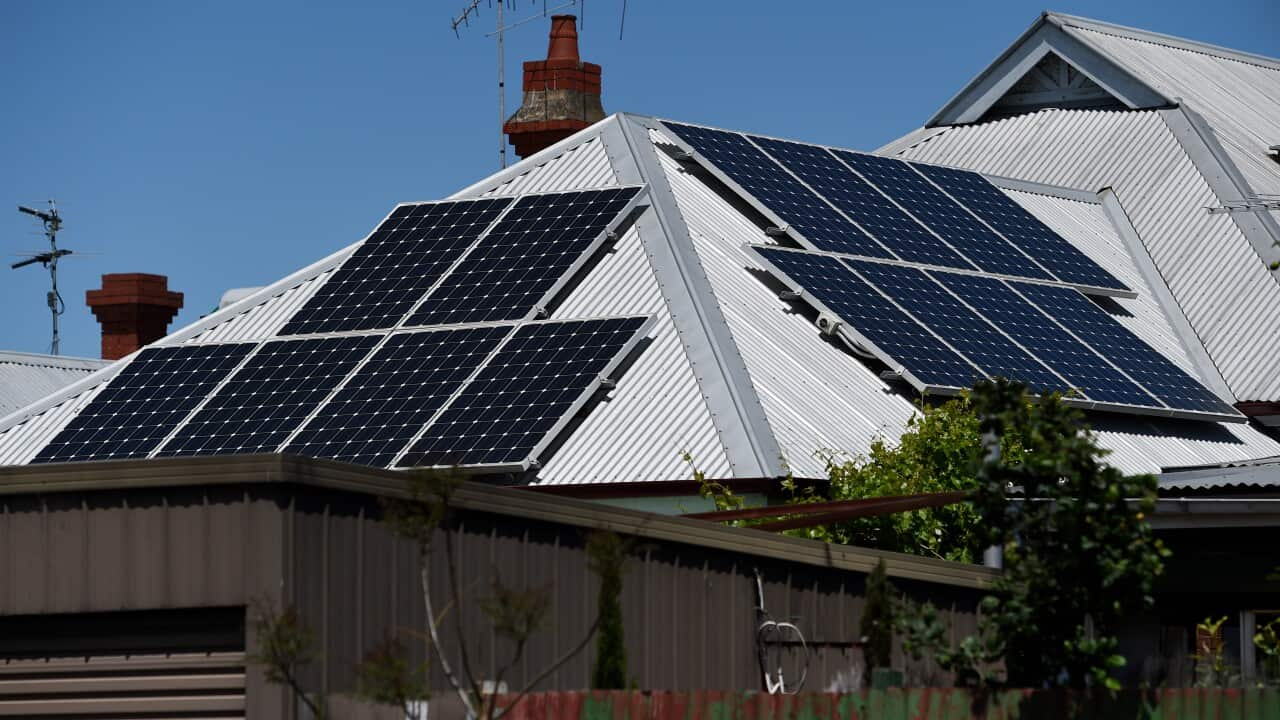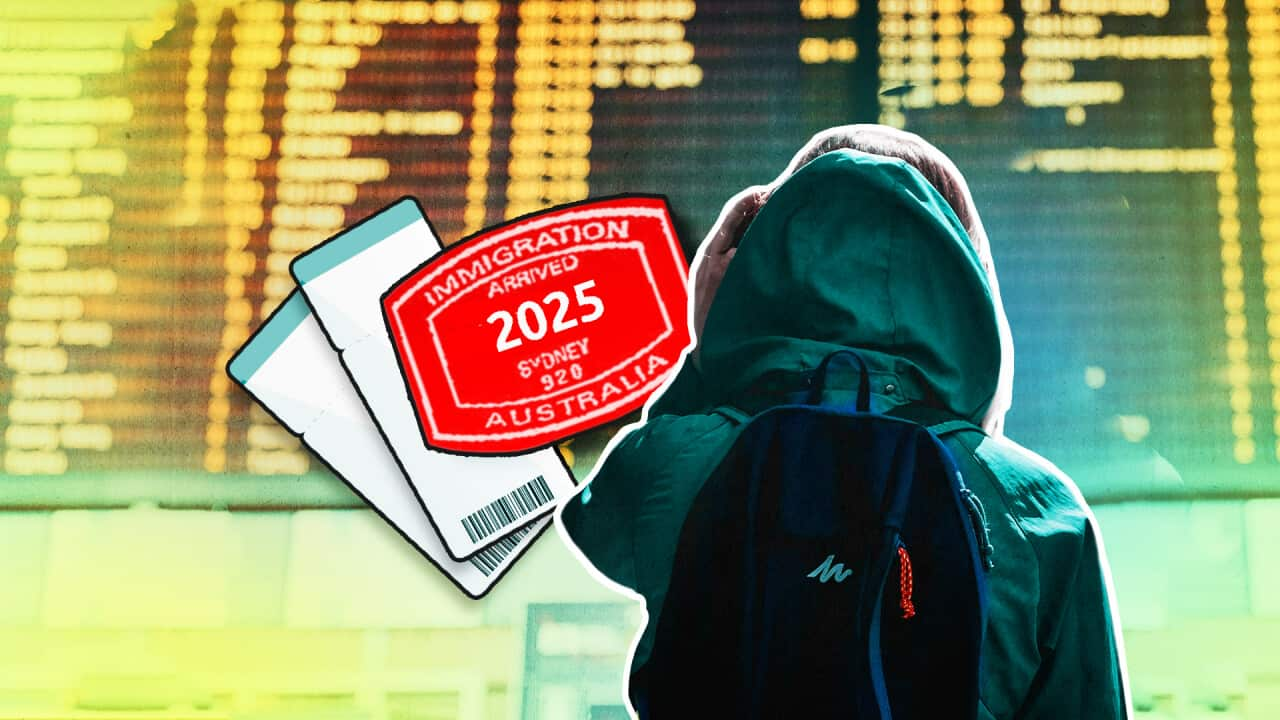Key points
- There are signs China's government is the target of growing dissatisfaction, a China expert says.
- Protests against its zero-COVID policy could lead to increased political instability.
- The enforced long-term lockdowns have hit China's economic prospects in various ways, experts add.
Current protests against China's zero-COVID policy could create heightened political instability and foreign tensions, while the policy itself has already caused long-term economic damage, experts say.
In a rare show of defiance, Chinese citizens have begun protesting against the mass lockdowns and extreme quarantine measures enforced by President Xi Jinping since the beginning of the pandemic.
Nearly three years in, Mr Xi's government has promised to reduce the cost and disruption of controls but says it will stick with zero-COVID.
The result could be political and economic havoc, experts say.
Protests could create political instability, sensitivity
Up until November, it was extremely rare to see demonstrations against the zero-COVID policy within China, other than lone dissidents like "bridge man", who in October unravelled a banner from Beijing’s Sitong Bridge protesting against the measures.
But videos have now emerged of citizens manifesting in the thousands to stand up against what they call the "big whites" — a term used for authorities dressed in white hazmat suits who enforce COVID rules.
Protesters are commonly holding up blank sheets of A4 paper as a sign of unity against the zero-COVID measures, naming the movement the A4 Revolution.

Protesters from the A4 Revolution are comparing the movement to the 1989 Tiananmen Square protests and massacre, where pro-democracy students were killed by the Chinese military. Source: AAP / Ng Han Guan/AP
"There are inchoate signs that the central government is the target of growing dissatisfaction, as opposed to provincial or local governments, which have traditionally been the dominant targets," he said.
Dr Bell says the central government in China previously operated under a "hands-off approach," allowing local and provincial governments "a lot of freedom on policy implementation".
But today's China under Mr Xi is different, he says.
"Xi has stamped his authority by making the government and judiciary clamp down on malfeasance at all levels," Dr Bell said.
"This could result in an increase in political instability at the national level, and may result in the government either clamping down harder on protests, or being forced to make policy adjustments in the wake of them."
For Australia, this situation will also probably make dealing with China "more difficult", Dr Bell says.
"If more protests are being directed to the central government in China as opposed to local governments, Beijing might be a lot more sensitive about external criticism, and their potential to worsen public sentiment in China," he said.
"Put another way, Beijing might push harder against foreign governments that seek to publicly highlight human rights and other social or environmental justice issues within China."
Due to the party's state-run media and censorship online, it's difficult to gauge accurate polls on the popularity of Xi and his Chinese Communist Party (CCP).
But protesters from the A4 Revolution are comparing the movement to the 1989 Tiananmen Square protests and massacre, where pro-democracy students were killed by the Chinese military.
The long-term economic effects of China's lockdowns
The lockdowns have hit China's long-term economic prospects in three ways, says Professor James Laurenceson, director of the Australia-China Relations Institute (ACRI).
"First, the economy has become more unbalanced as consumption, particularly in the services sector, has stalled," he said.
"Yet greater domestic consumption is what's needed for China's growth to be sustainable. This was made worse by stimulus measures focused on firms rather than support for households."
An example of a stimulus measure that could boost consumption would be a government sending money to citizens for them to spend and support local businesses, such as the $750 .
"Second, with youth unemployment touching 20 per cent, there's been a fall in on-the-job training and deskilling. Studies show the longer-term unemployed don't just bounce back," Professor Laurenceson said.
"Finally, foreign investors have raised their risk assessments of investing in China. Direct investment tends to be made with longer-term horizons in mind so once lost isn't easily recovered."
Other experts agree that Beijing could do more to stimulate the economy, but there is little reason in doing so until zero-COVID ends.
"There is not a lot of point in pumping money into our economy if businesses cannot expand or people cannot spend the money," Louis Kuijs, chief Asia economist at S&P Global Ratings, told the BBC.
China's economy must also face the country's major property market crisis.
In October, sales by the 100 biggest real estate developers contracted 26.5 per cent from a year ago, according to a private survey by China Index Academy, a top real estate research firm.
What's the future of Chinese healthcare?
In October 2016, President Xi announced the Healthy China 2030 (HC2030) blueprint, a declaration that made public health a precondition for all future economic and social development.
The five main targets of HC2030 were to improve the level of health, control major risk factors, increase health service capacity, expand health industry scale, and perfect the health service system.
But zero-COVID has meant millions of Chinese people have been locked in their apartments, unable to exercise, a key policy measure of HC2030 to reduce disease.
HC2030 may also be impacted by China's failure to vaccinate much of its older population.
Two-thirds of people aged 80 and older are vaccinated, but only 40 per cent have received a booster dose.
This is thought to be a significant risk due to reported lower efficacy of China's vaccines compared to the Pfizer and Moderna ones.
In a two doses of China’s most popular vaccine, Sinovac, were only 58 per cent effective against severe COVID or death in people aged 80 and older. Two Pfizer doses were 87 per cent effective in the same age group.
Jennifer Hsu from the Lowy Institute said there is a "multitude of challenges for all population groups, including the elderly".
"There is a focus on the elderly but the care needs of this population group exceeds the amount of investment the central government has made in terms of insurance, medical and care facilities," she said.
"Traditionally, the care of the elderly has been at the family level but with the one-child policy and rural-urban migration, the care of the elderly is a critical issue for the central government to address."
China’s elderly care is often referred to as the "9073 model" which means 90 per cent home care, 7 per cent community care and 3 per cent nursing home care.
"Thus, the responsibility of the elderly is still expected to be met by the family, despite China’s family structure and dynamics have altered profoundly since the start of economic reforms," Ms Hsu said.
Health experts and economists expect the policy to stay in place at least until mid-2023 and possibly into 2024 while millions of older people are vaccinated in preparation for lifting controls that keep most visitors out of China.














